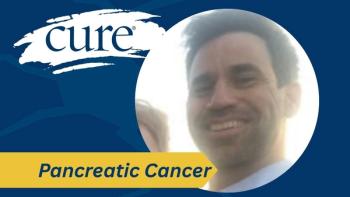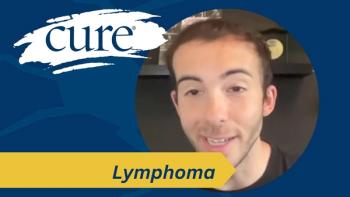
Limiting Treatment Duration Improves Cost Effectiveness in CLL
Researchers are exploring ways to limit the duration of treatment in chronic lymphocytic leukemia in order to reduce costs.
While multiple treatment options for the first-line treatment of chronic lymphocytic leukemia (CLL) exist, they can be prohibitively expensive. That’s why researchers are currently looking into ways to limit the duration of treatment and potentially save money.
At the 61st American Society of Hematology’s Annual Meeting and Exposition, held December 7-10 in Orlando, Dr. Matthew Davids, of the Dana Farber Cancer Institute and Harvard Medical School, spoke with CURE’s sister publication OncLive about his research into the potential cost effectiveness of a fixed duration of Venclexta (venetoclax) plus Gazyva (obinutuzumab) in this disease, and explained why limiting the duration of treatment could be beneficial for patients.
Transcription:
At this meeting I’m presenting an abstract on the cost-effectiveness of venetoclax plus obinutuzumab in comparison to a variety of other regimens that have been developed for the frontline treatment of CLL.
I think this is an increasingly important question because we have lots of new tools in our toolkit to treat CLL but many of these are novel agent-based therapies that are quite expensive, and so I think we need to figure out what is the relative cost-effectiveness of these different regimens, particularly with the idea of trying to define the economic effectiveness of a time-limited treatment approach versus a treat-to-progression or continuous therapy approach.
So, in our study we compare the cost-effectiveness of venetoclax plus obinutuzumab as a one-year, time-limited regimen in comparison to some chemo/immunotherapy regimens which are also time-limited, but I think, perhaps, more interestingly, (we also compare) to treat-to-progression regimens like ibrutinib (Imbruvica) as a monotherapy or ibrutinib in combination with CD20 antibodies.
What we found, even with a three-year time horizon, is that one year of time-limited venetoclax plus obinutuzumab is significantly more cost-effective than these treat-to-progression regimens, because each year these novel agent-based therapies have additional costs if we continue to give them. The durability of response, so far, with venetoclax plus obinutuzumab suggests the possibility of a treatment holiday where patients can be off-drug, which can lead to cost savings.
This is still a fairly preliminary analysis. I think we need to see what the longer term follow-up is, both in the studies as well as the economic analyses, but I do think this is the type of study we need to be doing to try to help decide what the optimal therapies are for our patients.




